Alice Nuttall (she/her) is a writer, pet-wrangler and D&D nerd. Her reading has got so out of control that she had to take a job at her local library to avoid bankrupting herself on books — unfortunately, this has just resulted in her TBR pile growing until it resembles Everest. Alice's webcomic, writing and everything else can be found at https://linktr.ee/alicenuttallbooks. Her debut novel, The Zombie Project, is coming out in January 2025 with Chicken House.
I’ve spent about the last ten years in a state of ongoing anxiety, and I know I’m far from the only one. Between political upheaval, climate change, the rise of the far right, and many other ongoing issues, it’s no wonder that people are referring to our current time as an ‘omnicrisis’. It may sound counterintuitive, but one of the ways I’ve found to cope with the ongoing problems is to look at disasters from history. There’s no doubt that giving yourself time to rest and focus on calming things is useful, and an essential way to navigate what’s going on—but there’s also something to be said about taking a deep dive into the details of terrible times that humans have been through before, and, crucially, realizing that communities have come through, pulled together, and survived.
In this list of nonfiction books about disaster for anxious readers like me, there are stories of disasters both natural and human-made, some looking at broader history, while others take a close look at a specific catastrophe. From memoir to historical narrative nonfiction, these books detail some of the worst disasters that humanity has been through over the centuries, with a focus on survival, and the work that many different groups and individuals have done and are doing to make the world a better place for anyone dealing with disaster.
Wave: A Memoir of Life After the Tsunami by Sonali Deraniyagala
The 2004 Indian Ocean Tsunami happened over 20 years ago, but its impact was, and continues to be, enormous. The devastating natural disaster killed nearly a quarter of a million people, impacting lives in fourteen different countries, with 100-foot waves destroying towns and infrastructure. Deraniyagala was one of the many people impacted by the tsunami; the disaster killed her parents, her husband, and her son, leaving her suddenly, violently alone. In Wave, Deraniyagala gives an unflinching look at the disaster and her overwhelming grief, but also lovingly explores her memories of her family and the happy times they shared, and details her difficult but determined efforts to process her grief and keep going.
All Access members continue below for more books about disasters for anxious readers.
Alice Nuttall (she/her) is a writer, pet-wrangler and D&D nerd. Her reading has got so out of control that she had to take a job at her local library to avoid bankrupting herself on books — unfortunately, this has just resulted in her TBR pile growing until it resembles Everest. Alice’s webcomic, writing and everything else can be found at https://linktr.ee/alicenuttallbooks. Her debut novel, The Zombie Project, is coming out in January 2025 with Chicken House.
Fallout: Disasters, Lies, and the Legacy of the Nuclear Age by Fred Pearce
As we move back into an age of nuclear anxiety, Fallout is a timely read. In this fascinating look at the history of nuclear power and weaponry, Pearce takes us through the early bomb tests in Nevada, the horror of Hiroshima and Nagasaki, and disasters like Chernobyl and Fukushima. In addition to detailing the historical and scientific facts, Pearce interviews local people who were impacted by nuclear testing, warfare, or industrial accidents, in the US, Japan, and Eastern Europe. Fallout does not shy away from the dangers of nuclear power or the corruption that has historically surrounded it; the book shines a light on the questionable history of the nuclear age.
There’s Something in the Water: Environmental Racism in Indigenous and Black Communities by Ingrid Waldron
Some disasters are huge, sudden, and dominate the headlines; others fly under the radar, take place over a longer period of time, but are no less devastating. This second category is often overlooked, especially when—and generally because—they primarily affect people of colour and Indigenous people. In There’s Something in the Water, Waldron looks at the facts of this environmental racism, studying many different disasters involving pollution, poisoning, and the contamination of marginalised communities, as well as the ways that Indigenous and Black groups have fought back.
The Great Penguin Rescue: 40,000 Penguins, a Devastating Oil Spill, and the Inspiring Story of the World’s Largest Animal Rescue by Dyan DeNapoli
In this memoir, penguin expert Dyan DeNapoli tells the story of her experience helping save the thousands of penguins affected by a terrible oil spill that took place off the coast of South Africa in 2000. The spill threatened the lives of almost half of the world’s population of African penguins, and so DeNapoli, along with many other hardworking volunteers, travelled to take part in what turned out to be the largest ever wildlife rescue. The Great Penguin Rescue goes through the backbreaking work of cleaning oiled penguins, rehabilitating them, and making the heartbreaking decisions as to which ones to save. But the overwhelming message is one of hope—that when enough people pull together, even the biggest disaster can be turned around.
The Burning Earth: An Environmental History of the Last 500 Years by Sunil Amrith
The climate crisis has accelerated in the past few years, and we’ve known that carbon emissions will have a devastating impact on the environment for at least five decades, but, as Amrith’s book shows, the negative effects of human overconsumption on the planet can be traced back much further than that. Looking at imperialism, colonialism, and war over the past 500 years, Amrith looks at the environmental disasters that have happened as a result of these activities, and how we can use our knowledge of the past to save our future.
Bhopal Disaster: An Eyewitness Account by Lalit Shastri
Considered to be the worst industrial disaster of all time, the Bhopal Disaster of 1984 occurred when, following cost-cutting measures that led to poor safety protocols, deadly gas leaked from the Union Carbide chemical plant into the nearby town of Bhopal. Over 2,000 people died immediately, with the death toll climbing to around 8,000 in the days after the disaster. Half a million people in total were harmed by the leak. While there have been many books on the Bhopal Disaster, Shastri’s account is significant because of its focus on the survivors, the doctors who treated them, and the Union Carbide employees who were working at the plant at the time of the disaster.
The Anti-Catastrophe League: The pioneers and visionaries on a quest to save the world by Tom Ough
Human activity has been the cause of many of the disasters we face, but where there are people causing disaster, there are also people working to save people or the environment, or to stop disasters before they happen. Looking at different disasters from across the centuries, Ough explores the ways that many teams of people have worked on making things better for our planet and the life that exists on it, bringing a much-needed note of hope into what can often be a dark topic.
A Paradise Built in Hell: The Extraordinary Communities That Arise in Disaster by Rebecca Solnit
While not everyone can save people from disaster or prevent disasters from occurring in the first place, when the worst has happened, we can all do something to help. In A Paradise Built in Hell, Solnit looks at how history is full of examples of people being altruistic, kind, and going out of their way to help others. Focusing on specific cases, from distant and recent history, Solnit shows that good can come out of the worst of times.
If you prefer your disasters fictional, try our list of 50 Must-Read Eco Disasters In Fiction. For younger readers, check out our post on When Disaster Strikes: Children’s Books About Floods & Hurricanes.
Join All Access to read this article
Get access to exclusive content and features with an All Access subscription on Book Riot.
- Unlimited access to exclusive bonus content
- Community features like commenting and poll participation
- Our gratitude for supporting the work of an independent media company

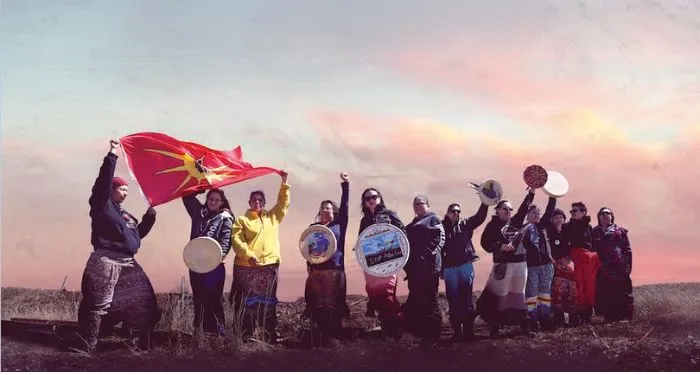
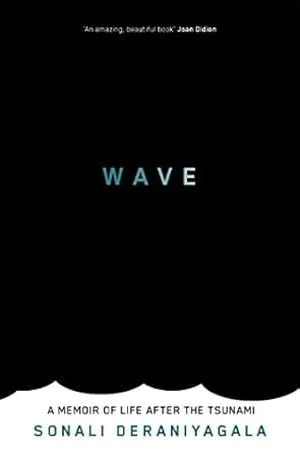
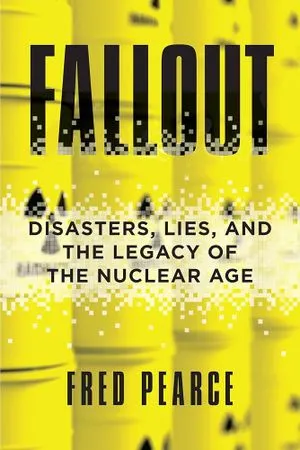
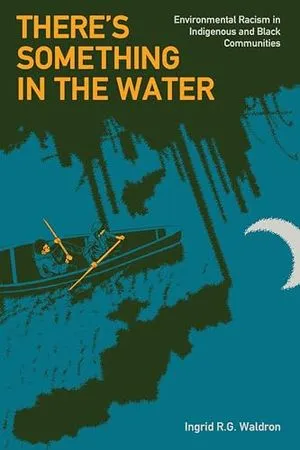
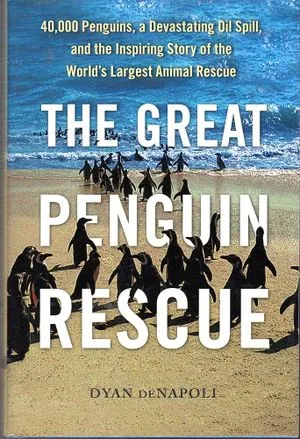
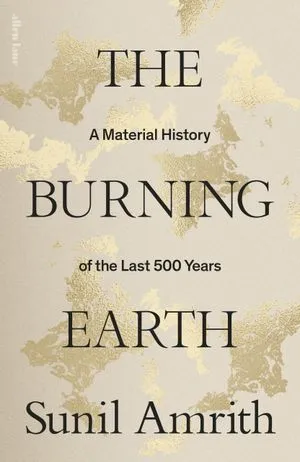
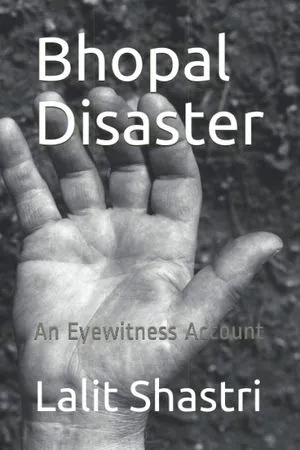
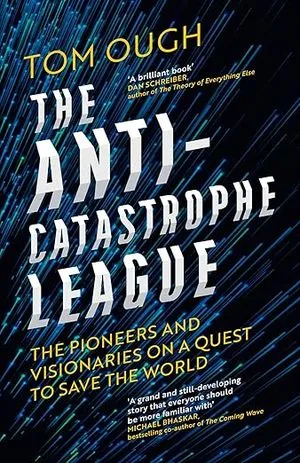
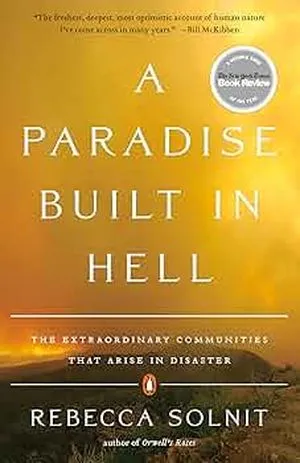



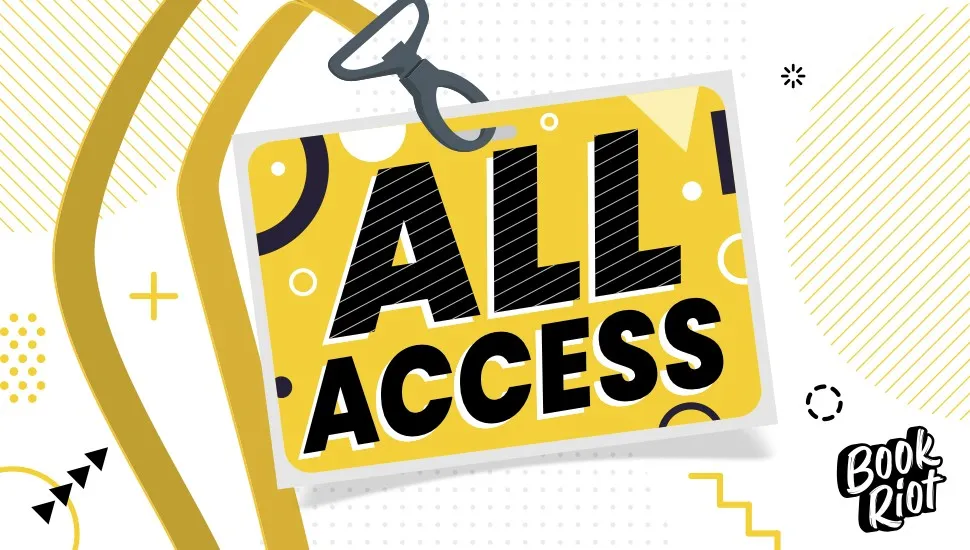








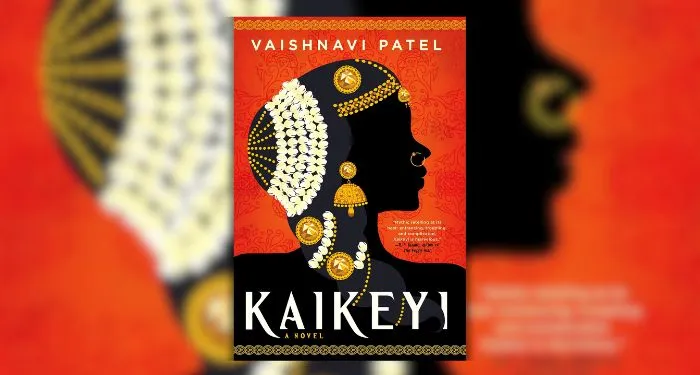


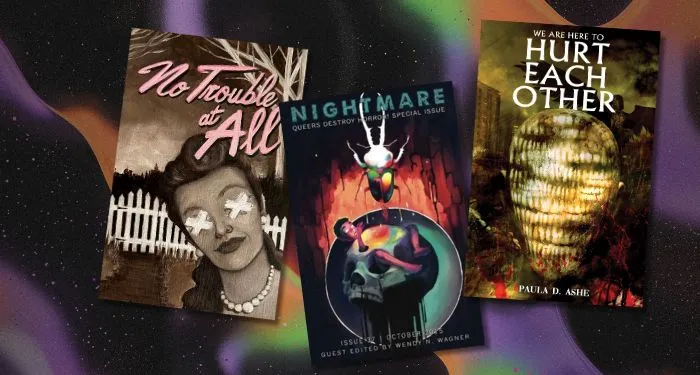
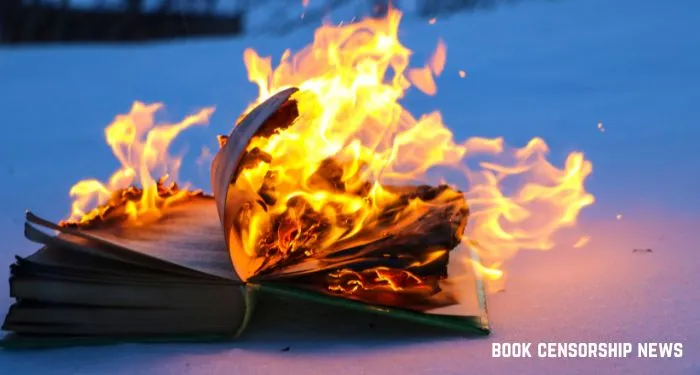

 English (US) ·
English (US) ·